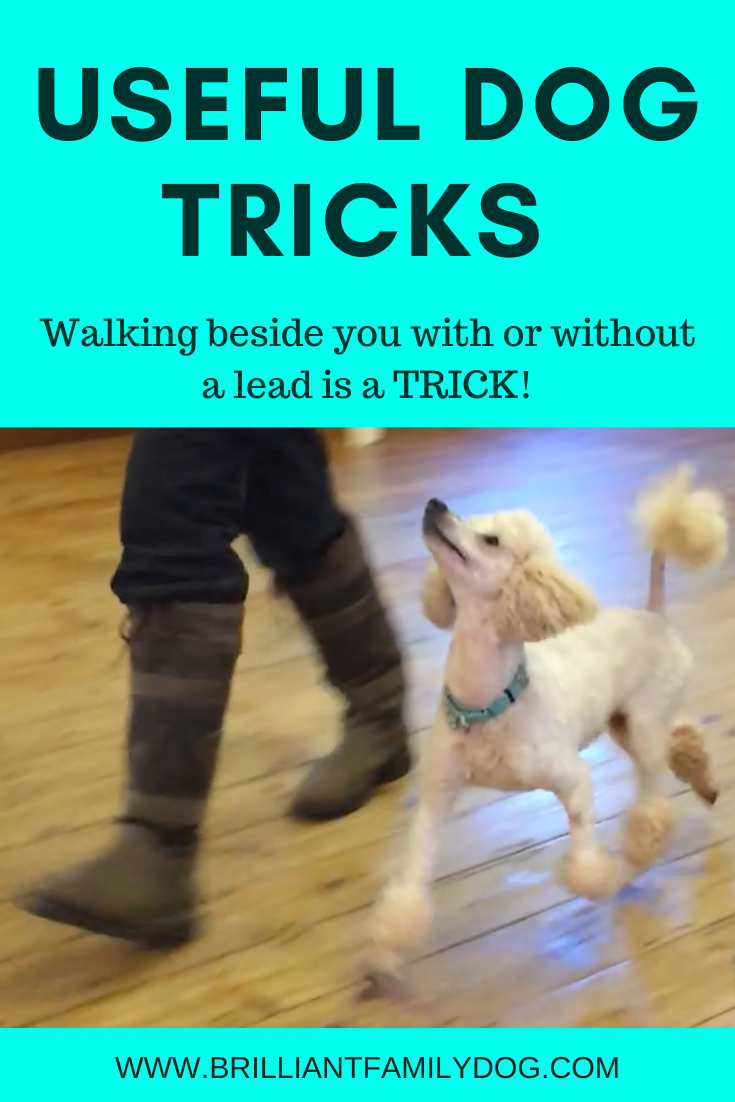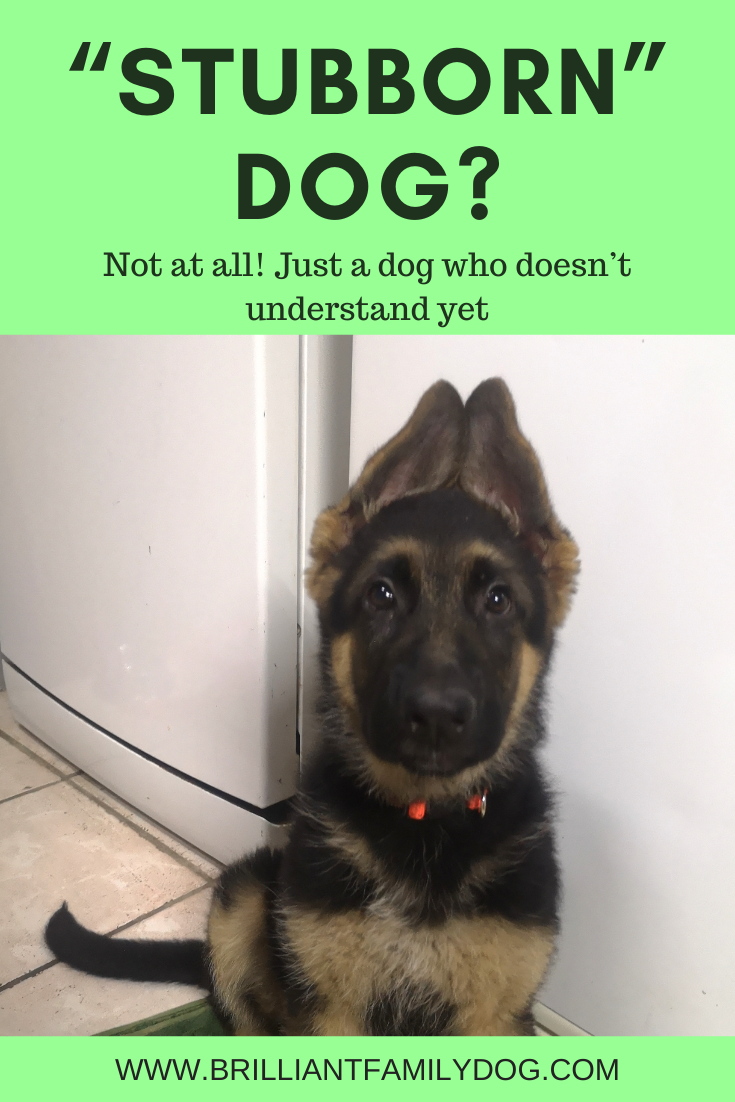You want to rescue a dog from a shelter - fantastic!
You’ve already rehomed the dog - amazing!
You have lots of love to give this new dog - brilliant!
BUT … things don’t seem to be working out as you expected.
You wanted a cuddly dog, and this one hates being touched.
You wanted a dog to go on long walks with, but this one goes nuts as soon as he sees another dog.
You wanted a dog … like your last old dog, or like the dogs you see in the movies, and this one just isn’t measuring up.
Love alone is not enough.
What’s going wrong?
The fact is that this dog has been rehomed with you, without so much as a by-your-leave. And you have expectations of what this dog should be - which are not necessarily shared by the furry fellow himself!
You are at least his third home, in perhaps a few months. He’s been through - who knows what?
Maybe he was just passively neglected so that he ran riot and his previous owners couldn’t be bothered with him any more.
Maybe he was actively neglected and suffered torment and ill-health.
Maybe he came from a puppy farm with zero socialisation and lots of fears.
Maybe … you name it. You’re unlikely ever to know the truth about his past life. Though this is surprisingly unimportant, in fact.
The thing is, he has a history. And that history is not conducive to making him the dog of your dreams … yet!
You have to put a lot of work in to make a new life for your dog and for you. You expect him to adapt - how about you doing some adapting too?
If he can’t bear to be touched, get help on desensitising him to touch and learning to enjoy it.
If he hates walks and is afraid of other dogs - stop walking him where he’ll see other dogs! First build up a solid relationship of trust between you (yes, both ways) and with professional help slowly introduce him to the joyful aspects of the great outdoors.
If he came from a puppy farm with poor nutrition and no normal socialisation, you can improve his food massively, but trying to undo the lack of socialisation is a long road. But with help, you’ll get there.
Here’s a list of things to do with your newly-rehomed dog:
Remember it’s all new to him! Treat him as a puppy - start from scratch.
Keep your new pet in one room of the house to begin with, preferably using a crate when you can't supervise so that nothing can get chewed. Gradually give him more freedom and access to more rooms as he proves reliable.
Institute a Puppy Housetraining regime to help your dog know where he may relieve himself, and be really pleased with him when he gets it right.
Handfeed as many meals as possible instead of putting down a bowl of food, or you can use food toys like kongs.
Never leave any dog alone with any child, not even while you answer the phone. If you leave the room, always take either the dog or the child with you.
Resist the temptation to take him out for more than brief walks on lead for the first few weeks. Limit the new experiences he has to face - that includes friendly neighbours and visitors, and most especially other dogs. A rescue dog typically takes 1-2 months to settle into a new home - give him plenty of time. You have the rest of his life to take him everywhere with you.
6. In a few weeks' time, start learning with a force-free trainer. Good classes fill fast, so enrol straight away. No suitable local class? We’ve got you covered! Start here. If you have any problem behaviours before then, seek professional advice quickly, before they become a habit. Avoid those who talk of Dominance or Pack Theory.
7. Dogs don't "look guilty" or "know they've done wrong". They do look anxious if they see you are cross with them (though they may have no idea why). If you start telling your dog off for breaking house rules he didn't know existed you are going to have a hard time earning his trust.
8. Good habits are as hard to break as bad habits, so start as you mean to continue from the moment your dog comes through the door.
9. Most of your free time with your dog should be spent teaching him how to play with toys with you!
THIS FREE ECOURSE IS A BONUS FOR YOU WHEN YOU SIGN UP TO RECEIVE EDUCATIONAL EMAILS AND OCCASIONAL OFFERS FROM ME. YOU CAN UNSUBSCRIBE AT ANY TIME.
Privacy Policy
















